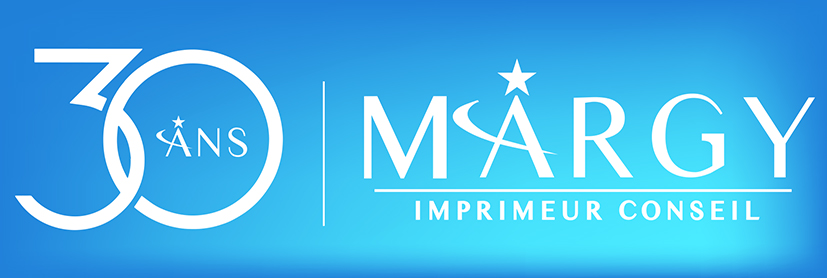Advertising is essential to developing your reputation, your customer base and therefore your sales. However, there’s no need to advertise all over the place: the most expensive marketing is not always the most effective. Here’s our advice on how to match your target, your messages and the means of conveying them.
Media or non-media communication?
When it comes to advertising, there are two worlds. The first is the media: the written press (local or national), television, radio, the web (classic websites) and urban billboards.
These communication media are extremely powerful: they can reach millions of people in record time. However, this type of marketing is also the most expensive and leads to wastage: of the millions of people reached by a TV campaign, how many will actually be interested in the subject?
Given its specific characteristics and cost, media communication is better suited to the promotion of a mass-market product and to larger companies. Non-media communications, on the other hand, are highly varied and particularly appropriate for promoting a particular product or service.
These include direct marketing (e.g. a stand at trade fairs and exhibitions), promotional items, event sponsorship and a strong presence on social networks. Far less expensive than a media campaign and easier to implement for a small company, this communication strategy also has the advantage of precisely targeting the target audience, creating a valuable close relationship with your customers and prospects.
Fine-tuning your communication strategy
To draw up an effective marketing plan, you first need to define three elements. What category or categories of people does your company want to target (age, social status, activity, hobbies, etc.)? What message do you want to get across to them? With what objective in mind? Depending on whether you want to “get people to know you”, “get them to like you” or “get them to do something”, the most appropriate communication media will be different. Boosting the sale of a particular product involves pushing it towards the customer: an e-mail campaign presenting a promotion will be well suited in this case. On the other hand, if the aim is to develop the company’s visibility and goodwill, the main task of the communication medium will be to attract the customer: communication through objects, which ensures maximum visibility for the brand over the long term, will be highly relevant here.
Vary your marketing media
A successful campaign generally combines several advertising media. To launch a product, for example, a company can combine a presence at a trade fair, an e-mail campaign and the distribution of personalised promotional items, or even a street marketing operation.
By mixing these different communication media, the company will multiply the points of contact with its target audience over a sufficiently long period to make an impression. Choosing the right marketing tools also means carefully studying your competitors’ strategies and distinguishing yourself from them. Either by doing it better, or by doing it differently. And don’t forget that communication is a long-term process: operations need to be regularly renewed and developed to maintain your reputation and give your brand a dynamic image.
Other articles :
- Viscom Paris 2017 – The benchmark trade show for visual communication and the graphics industry
- Promotional products, a powerful tool for boosting your sales
 01 44 52 02 02
01 44 52 02 02
